Deep in the alpine caverns of Austria, where miners have toiled for centuries, whispers persist of mysterious subterranean beings known as Salzgeister—salt spirits. These elusive creatures are woven into the folklore of the Salzkammergut region, a place where salt mining shaped both the landscape and the collective imagination. Unlike the boisterous goblins or malevolent specters of other European legends, the salt spirits of Austria occupy a curious middle ground: neither wholly benevolent nor entirely wicked, they are guardians of the earth’s hidden treasures, demanding respect from those who dare to extract them.
The origins of the Salzgeister are as layered as the salt deposits themselves. Some say they are the restless souls of miners who perished in tunnel collapses, forever bound to the labyrinthine depths. Others believe them to be ancient elemental beings, older than human industry, who watched as pickaxes first fractured their crystalline domain. What unites these tales is the insistence that the spirits are deeply tied to the mineral wealth of the region. To offend them is to invite misfortune—cave-ins, spoiled veins, or tools that vanish without a trace.
One particularly enduring legend tells of a 16th-century miner who mocked the Salzgeister by tossing salt into a fire, a blatant disrespect of their domain. Within days, his entire shaft flooded with brine, though no nearby water source could explain the deluge. Such stories served as both caution and comfort to generations of miners, offering a framework to explain the unpredictable dangers of their work. Even today, some veteran miners refuse to whistle underground, fearing it might attract—or provoke—the spirits.
Modern encounters with the Salzgeister are rare but persistent. In 2018, a team surveying the Hallstatt mines reported eerie, flute-like sounds echoing from abandoned chambers, though no source was ever found. Geologists dismissed it as wind through fissures, but locals knew better. The salt spirits, they argued, were reminding the living that the mines remain their domain. This interplay between folklore and reality keeps the legend alive, even in an age of dynamite and diesel-powered drills.
Beyond superstition, the Salzgeister embody an ecological metaphor that feels strikingly contemporary. They represent the consequences of exploiting nature without reverence, a theme that resonates in today’s discussions about sustainable mining. The old miners’ rituals—leaving offerings of bread in tunnels, speaking in hushed tones near salt seams—mirror modern efforts to mitigate environmental harm. In this light, the spirits are less supernatural phantoms and more cultural guardians of balance.
Tourism now fuels the Salzkammergut economy as much as salt once did, and the Salzgeister have become unlikely ambassadors. Children on mine tours clutch wooden carvings of the spirits, while gift shops sell vials of "spirit-blessed" salt. Yet some elders worry this commercialization dilutes the legends’ gravity. The true Salzgeister, they insist, were never cute figurines but capricious forces that demanded humility. As Austria’s mines transition from workplaces to museums, the challenge lies in preserving both the folklore and the solemnity it once carried.
Perhaps the most fascinating aspect of the Salzgeister is their regional specificity. Unlike globalized myths like vampires or zombies, these spirits belong irrevocably to the salt-rich earth of Austria. They are a reminder that some mysteries refuse to be extracted, remaining embedded in the very bedrock of a culture. To encounter them—whether through story, sound, or the glint of salt crystals in lantern light—is to touch a history where the line between resource and reverence was as thin as a miner’s pick.
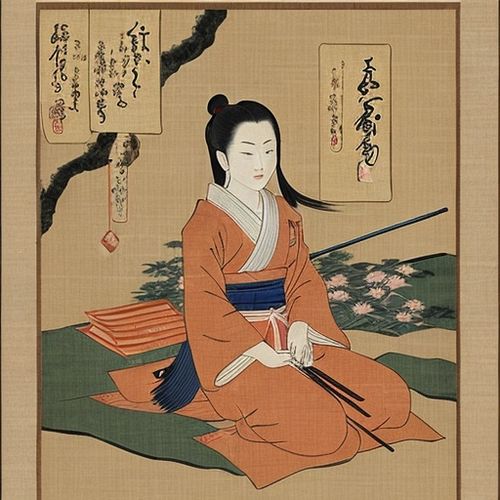
By Thomas Roberts/Apr 28, 2025
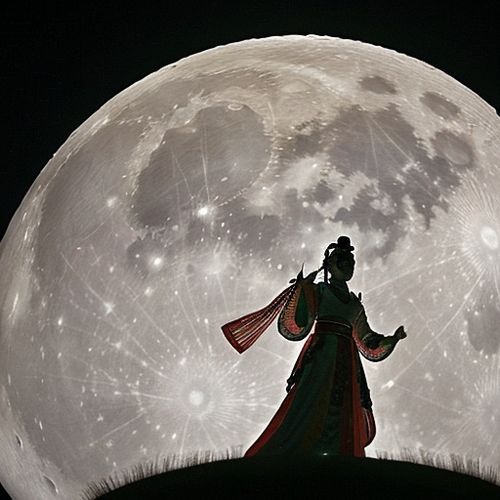
By Samuel Cooper/Apr 28, 2025
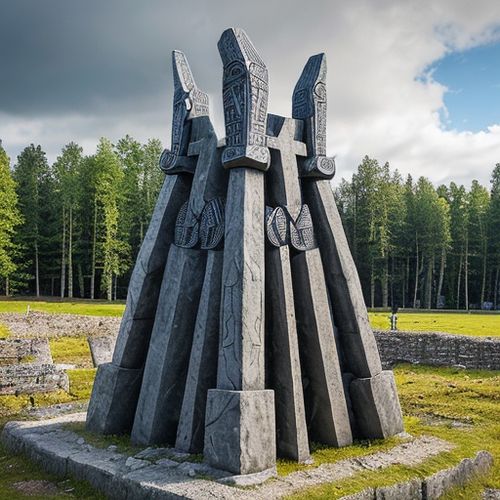
By Michael Brown/Apr 28, 2025
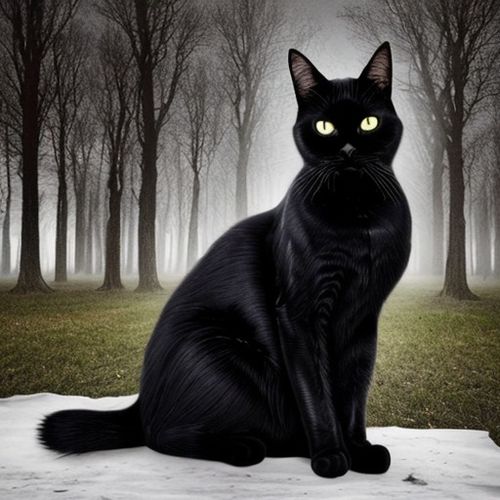
By Emily Johnson/Apr 28, 2025
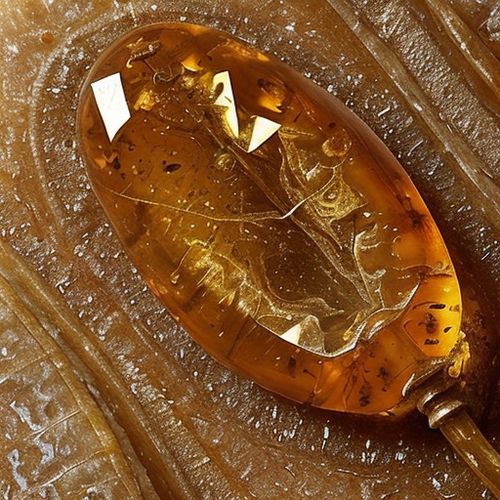
By Daniel Scott/Apr 28, 2025

By George Bailey/Apr 28, 2025
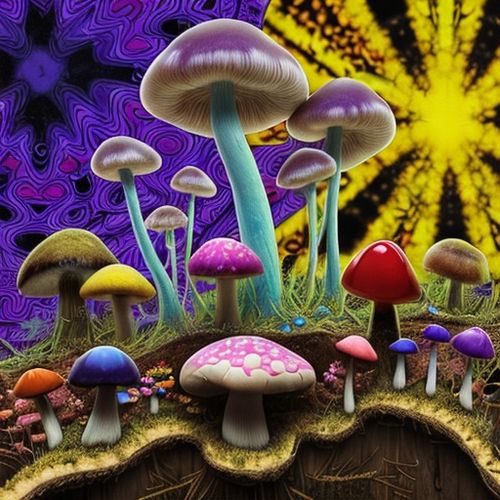
By Victoria Gonzalez/Apr 28, 2025
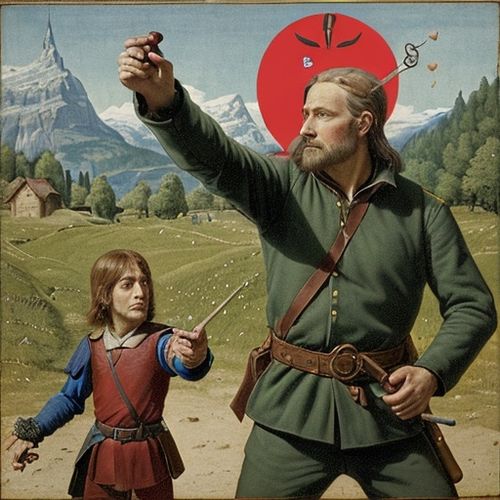
By David Anderson/Apr 28, 2025
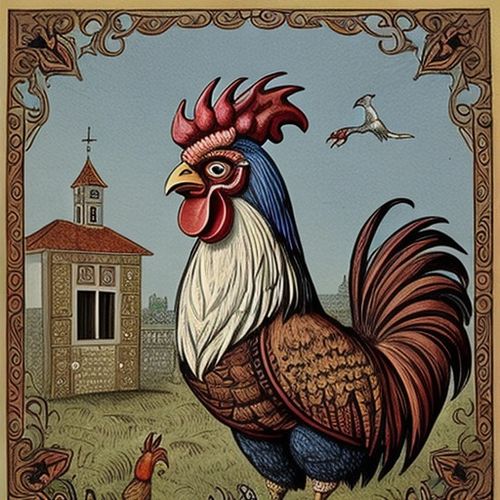
By Lily Simpson/Apr 28, 2025

By Laura Wilson/Apr 28, 2025

By Benjamin Evans/Apr 28, 2025
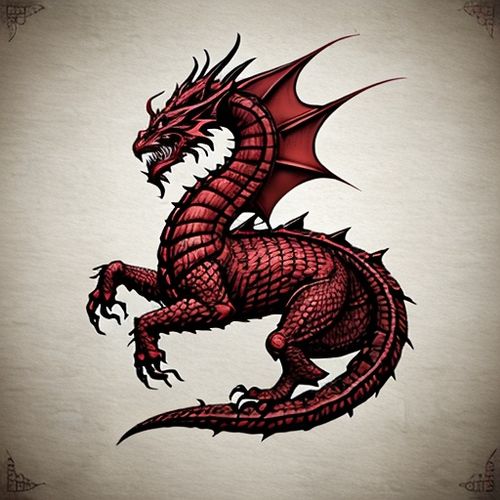
By Grace Cox/Apr 28, 2025
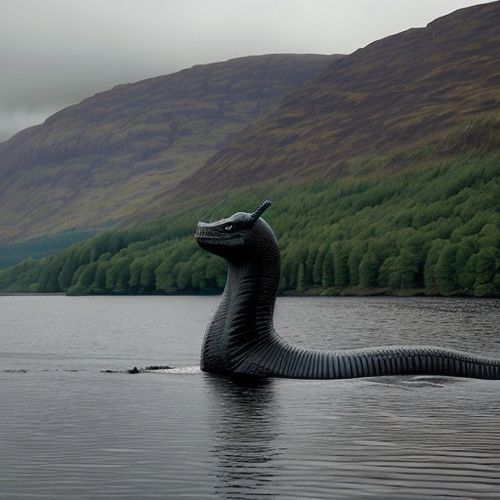
By Ryan Martin/Apr 28, 2025

By Daniel Scott/Apr 28, 2025
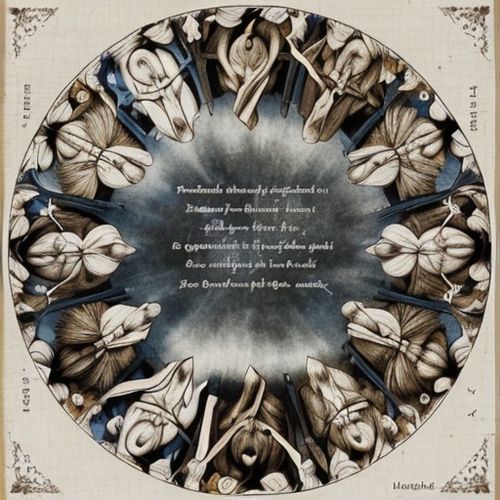
By Elizabeth Taylor/Apr 28, 2025
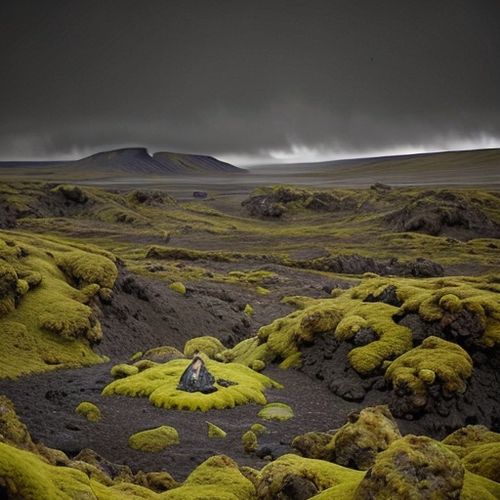
By Joshua Howard/Apr 28, 2025

By Emily Johnson/Apr 28, 2025